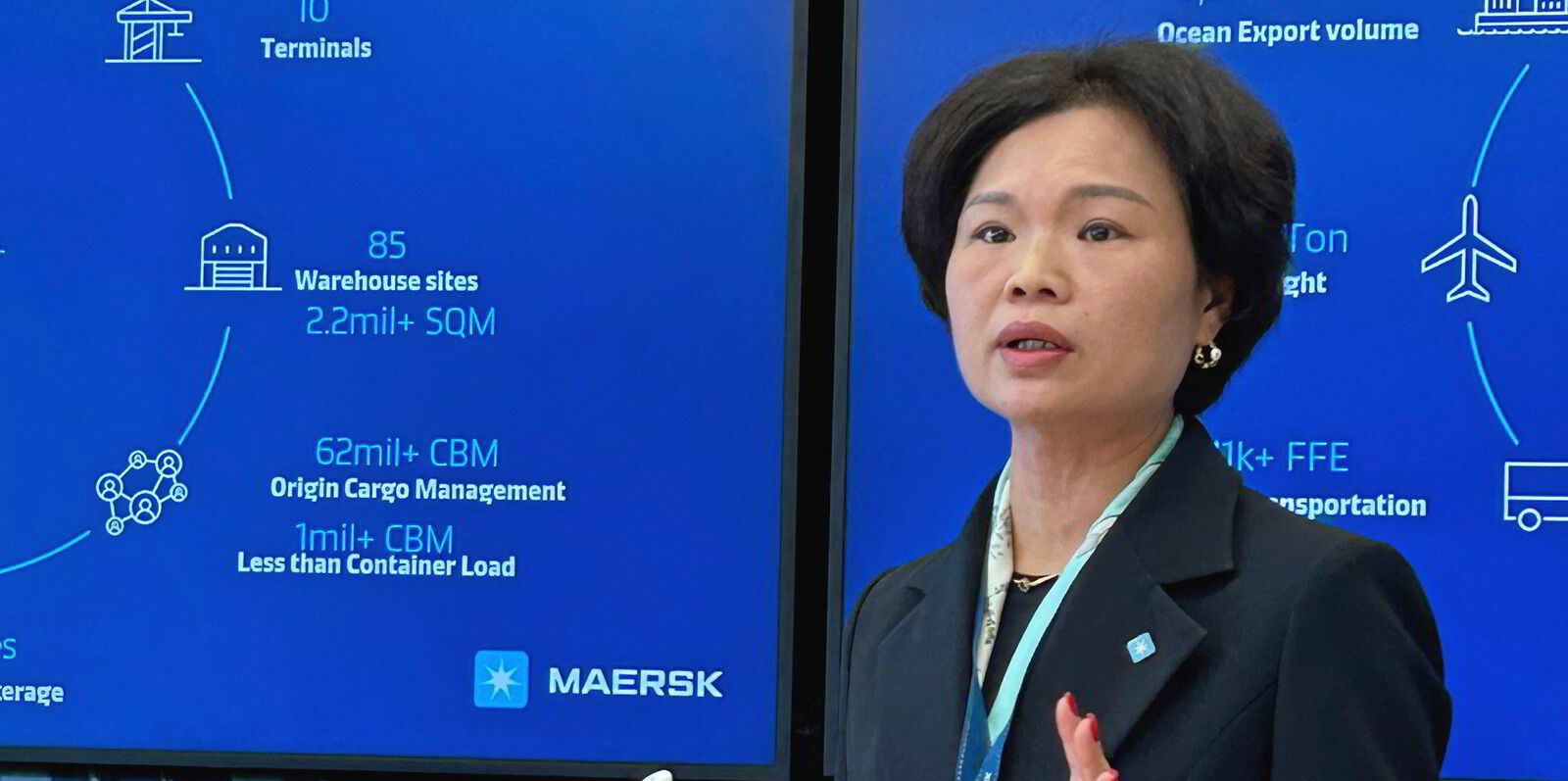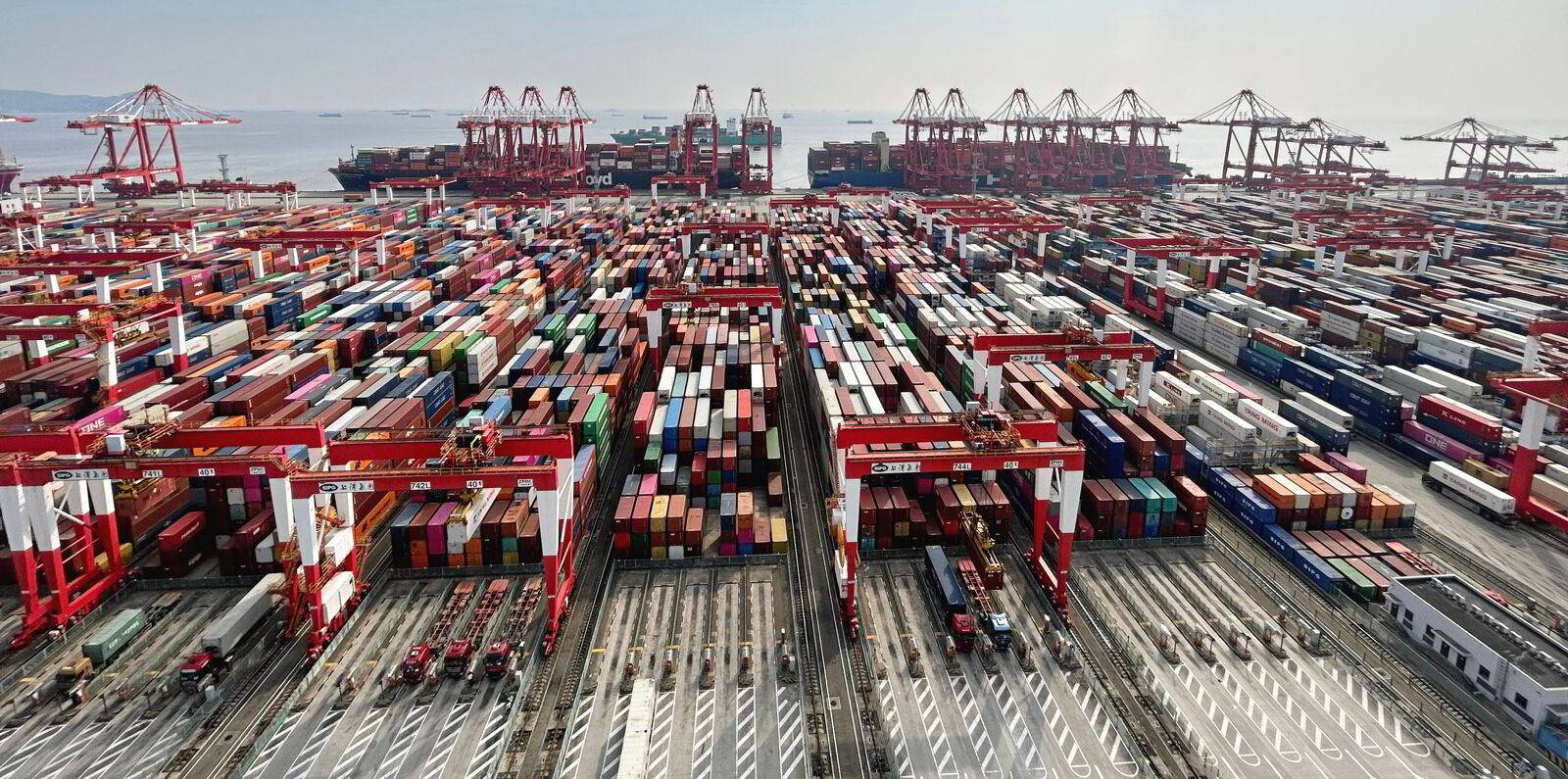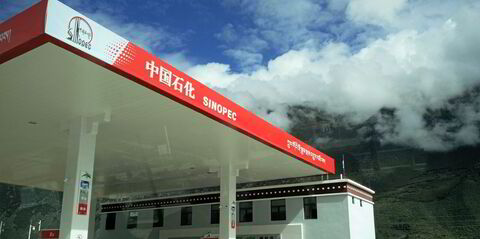In 1924, the Sally Maersk was the first Maersk vessel to call at Shanghai in China.
Fast forward 100 years and AP Moller-Maersk is planning to expand further in the country as it adapts to the demands of Chinese companies and consumers.
Speaking at a presentation at Maersk’s Shanghai office, Silvia Ding, managing director for Greater China, said: “We are a significant part of Maersk. It is an exciting year for all of us, particularly in China,”
Ding returned to China in January after holding the position of chief transformation officer in Copenhagen.
She played a key role in the company’s pivot from a conglomerate of shipping, energy and oil services to an integrated container logistics provider.
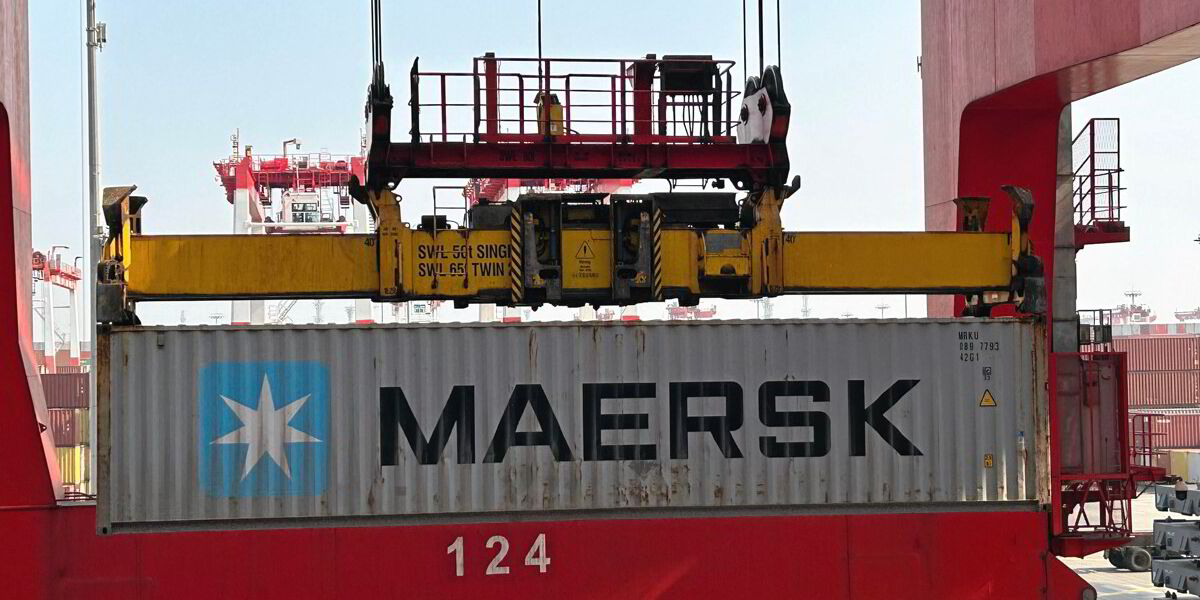
She said: “Global trade has been bringing benefits to the global population. But global logistics have been extremely complicated with a lot of fragmentation, and different barriers.
“If you moved shipments from the beginning to the end, there were so many parties involved that it resulted in coordination challenges,” Ding said.
Maersk has 80 offices in China, about 17,000 employees, and terminals at five ports, Guangzhou, Qingdao, Shanghai, Tianjin and Xiamen.
Ding said: “We believe that a lot of our customers have been forced to become logistics experts because there is not one responsible and capable logistics company at a global scale to help them simplify and connect their supply chain.
“Our strategy is developing the right capabilities and forming strong partnerships with our customers.”
As China has evolved from the world’s manufacturing base to a more consumer-based economy with leading brands, imports are increasingly important for Maersk’s operations.
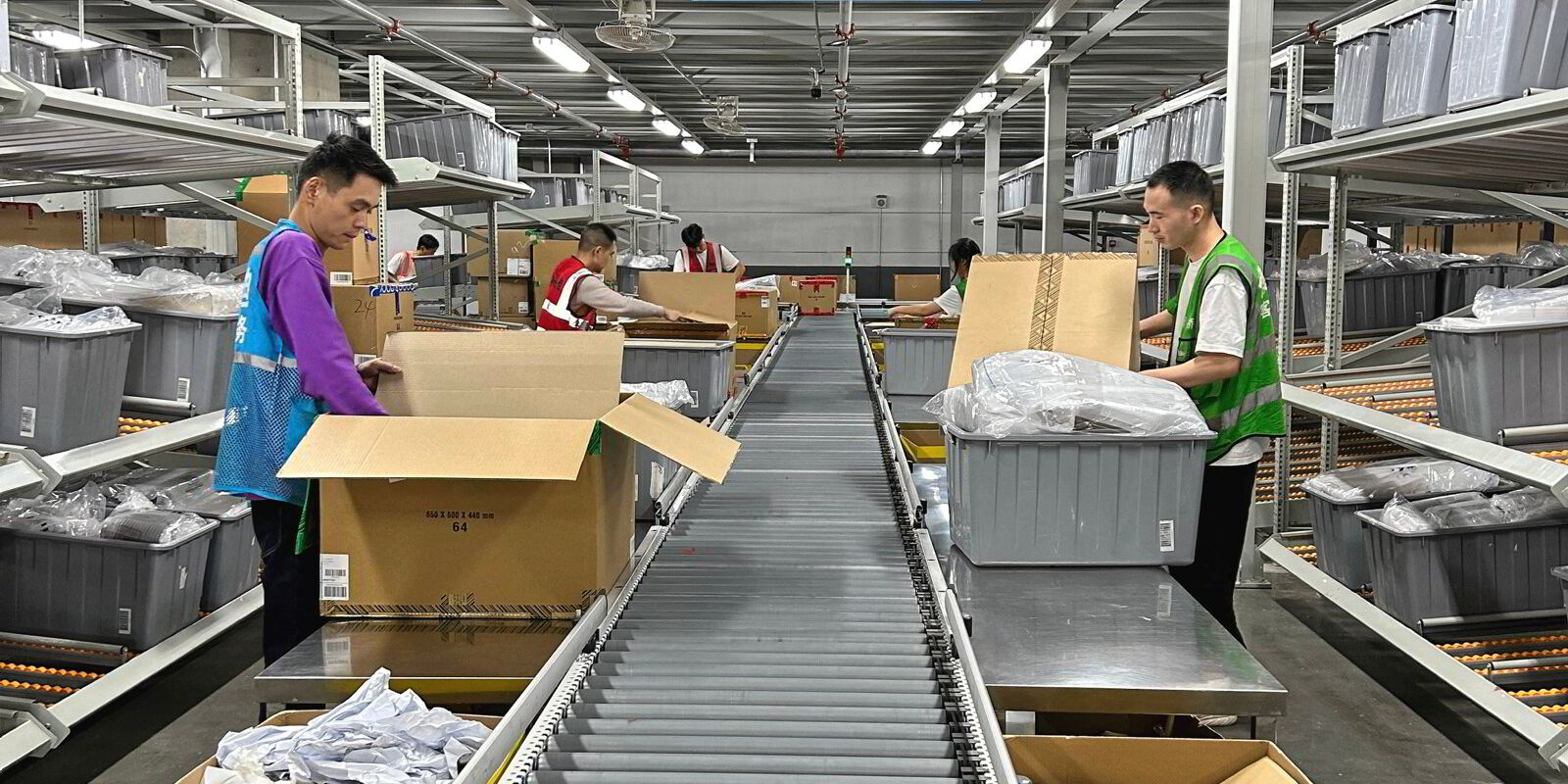
Maersk sees a growing demand for warehouses and distribution in China. Ding expects the company’s total warehouse size to increase.
“In the long run, we see that trend continuing. We believe it will grow.”
“If you look at the penetration of e-commerce in China there is still growth potential.”
“We believe there is a lot of potential for our customers but also for our own growth in this field,” she said.
Maersk has a distribution centre in Wujiang Jiangu, west of Shanghai.
It is the hub for business-to-business and business-to-consumer operations in China for 13 customers, across 20 brands in apparel, footwear, cosmetics, electronics and home products.
The company is also about to open Lingang flagship warehouse, which is located between Shanghai city centre and Yangshan container port.
Container liners such as Maersk have benefitted from globalisation in past decades.
But trade frictions between China and the Western world have recently been intensifying.
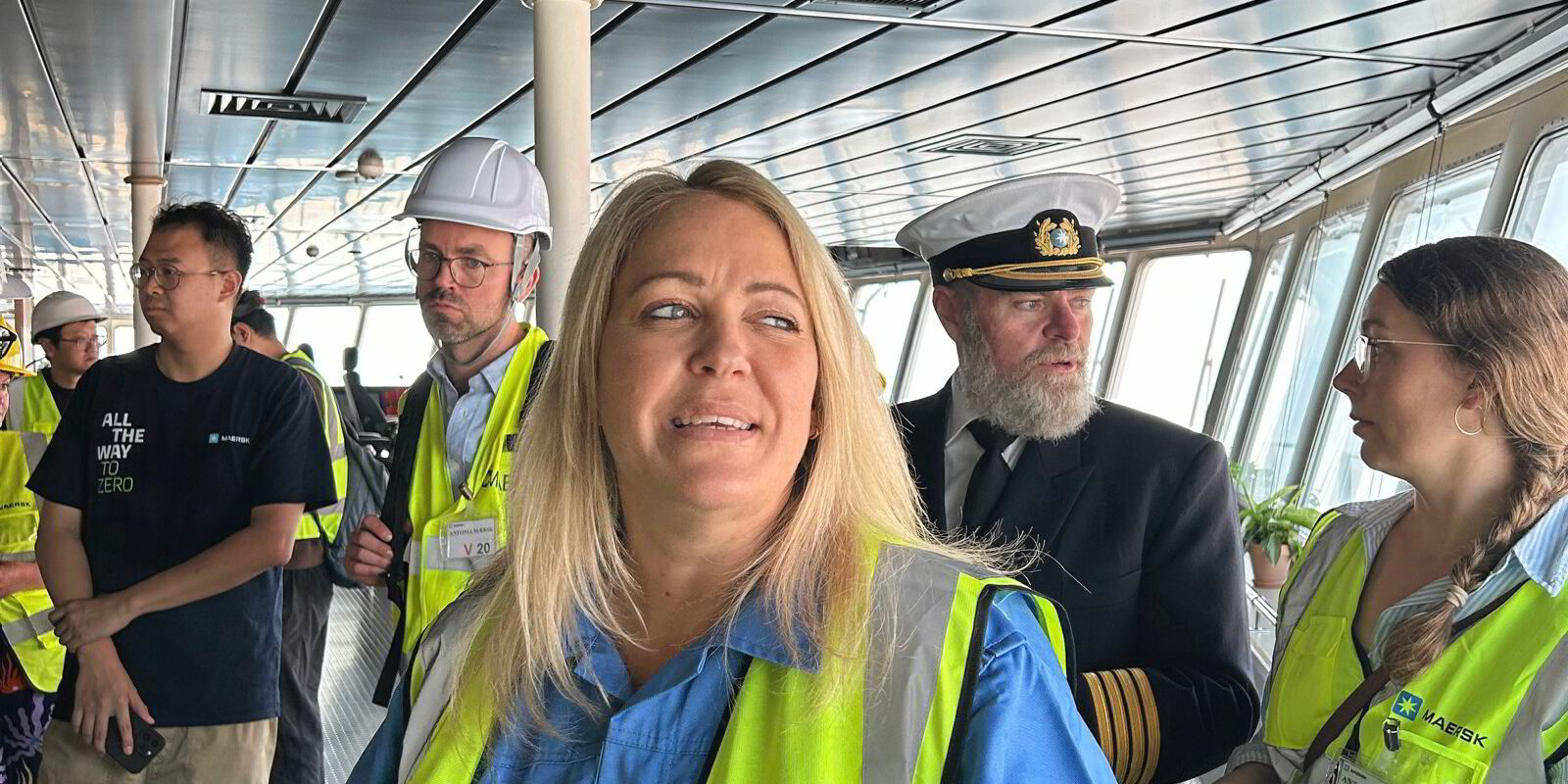
“We have been in this business for 120 years. I’m very confident that we will weather that with our customers.
“The key is to stay close with our customers and understand how it impacts their supply and demand, sourcing and shipping patterns,”
Maersk is prepared for different scenarios.
“We decide our network’s shipping routes and capacity when we see any impact. The responsiveness, agility and flexibility of our solutions are very important,” Ding said.
On board the 16,592-teu Antonia Maersk (built 2024) in Yangshan Port, Maersk’s head of operations Asia Pacific, Anne-Sophie Zerlang Karlsen emphasised the importance of China.
Zerlang-Karlsen said Maersk is committed to China and sees the company growing in the region.
